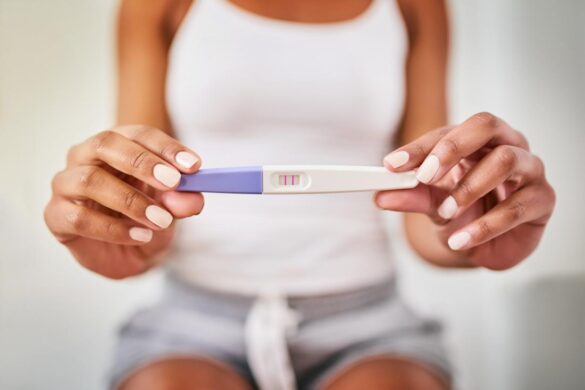

#GROWTH ON NIPPLE DURING PREGNANCY SERIES#
In this case series we describe 25 patients with pregnancy-related hyperkeratosis of the nipple. 5, 9 - 13 It has been postulated that endocrine factors may be involved in the etiopathogenesis of HNA because the lesions worsen in pregnancy and have been associated with estrogen therapy. Although HNA can worsen, become bilateral in pregnancy, or both, 10, 11 onset during or immediately after pregnancy has been only exceptionally reported. 9 Kubota et al 8 reviewed 45 HNA cases and found that 58% of cases involved both the nipple and areola, 25% only the areola, and 17% solely the nipple. 8 The lesions of HNA are confluent and verrucous, and their distribution is usually bilateral. 7 Although HNA is typically diagnosed in females between puberty and the third decade of life, it has been exceptionally reported in males receiving hormonal treatment. 6 More than 70 cases of HNA have been reported. 4, 5 The idiopathic form of HNA is reported as nevoid HNA. Furthermore, the nipple can be affected in pregnancy by diseases, such as atopic dermatitis, 3 and other conditions associated with hyperkeratosis of the nipple and areola (HNA), such as acanthosis nigricans, ichthyosis, and Darier disease.

#GROWTH ON NIPPLE DURING PREGNANCY SKIN#
1, 2 In addition, benign tumors, such as seborrheic keratoses, skin tags, and warts, can develop on the nipple during gestation. Physiologic changes of the nipple and areola during pregnancy include enlargement, hyperpigmentation, secondary areolae, erectile nipples, prominence of veins, striae, and enlargement of the Montgomery glands or tubercles (hypertrophied sebaceous glands). We suggest that this distinctive clinicopathologic entity be called pregnancy-associated hyperkeratosis of the nipple. The characteristic clinicopathologic features of this disorder allow differentiation from nevoid hyperkeratosis of the nipple and areola. It may represent a physiologic change of pregnancy.

Histopathologic features were conspicuous orthokeratotic hyperkeratosis, with papillomatosis and acanthosis being mild or absent.Ĭonclusions and Relevance Pregnancy-associated hyperkeratosis of the nipple can be symptomatic and persist post partum. The lesions persisted post partum in 22 patients (88%). Nine patients (36%) experienced symptomatic aggravation only during pregnancy or breastfeeding. Lesions were symptomatic in 17 patients (68%), causing tenderness or discomfort, pruritus, sensitivity to touch, and/or discomfort with breastfeeding. The lesions were bilateral and involved predominantly the top of the nipple. Observations Twenty-five cases of pregnancy-associated nipple hyperkeratosis identified during a 5-year period (January 1, 2007, through December 31, 2012) are reported. We performed a clinicopathologic analysis of cases of pregnancy-associated nipple hyperkeratosis. Hyperkeratosis of the nipple and/or areola can develop in the context of inflammatory diseases (such as atopic dermatitis), in acanthosis nigricans, as an extension of epidermal nevus, after estrogen treatment, and/or in nevoid hyperkeratosis of the nipple and areola. Importance Reported physiologic nipple changes in pregnancy do not include hyperkeratosis and are expected to resolve or improve post partum.


 0 kommentar(er)
0 kommentar(er)
